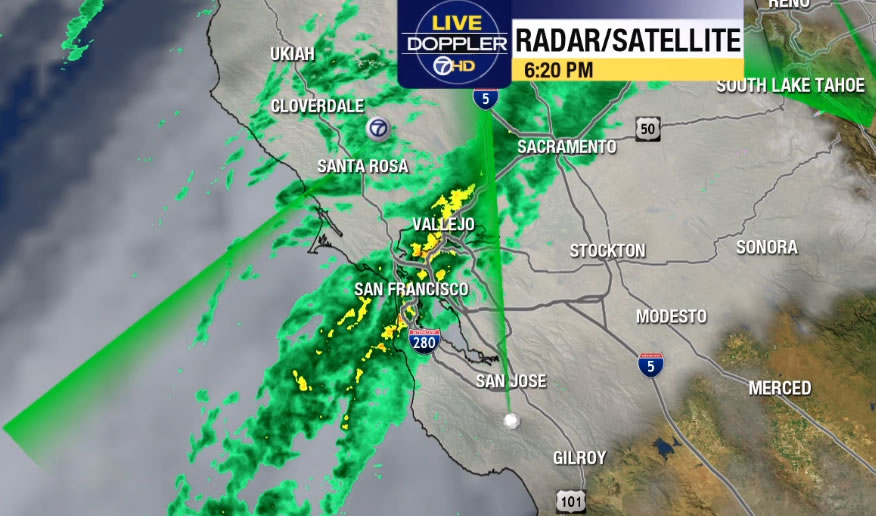
In advanced cirrhosis, nodular margin and lobar hypertrophy/atrophy may be demonstrated (see above) Predominantly portal venous supply to dysplastic nodules Parenchymal heterogeneity both on the pre and post intravenous contrast scans Siderotic nodules (minority): hyperdense due to accumulation of iron 6 Regenerative nodules (majority): isodense/hyperdense to the rest of liver Sonoelastography may also be useful to assess the amount of liver fibrosis 12. Suggested values for diagnosis are:Ĭontrast-enhanced ultrasound may have a role in the diagnosis of cirrhosis, as diminished mean hepatic venous transit time is similar to that of perfusion CT 13. Increased velocity (compensating for decreased portal vein flow) Loss of respiratory variation in superior mesenteric vein and splenic vein spectral Doppler waveformsĮnlarged paraumbilical vein with hepatofugal flow 17 NB: this should be measured during deep inspiration as size can vary Reduction of the transverse diameter (13 mm (42% sensitive, 95-100% specific 6) It may also present due to one of its complications:įocal hepatocellular necrosis caused by a variety of insults (see above) is accompanied by the three characteristics of cirrhosis 3:Īlthough traditionally cirrhosis has been divided into micro-and macronodular cirrhosis, many entities begin as micronodular (0.65 (43-84% sensitive, 100% specific 5) The diagnosis is made either at screening for cirrhosis due to known risk factors, elevated liver enzymes, or discovered incidentally in an examination for non-specific symptoms (e.g. congestive hepatopathy ( right heart failure), Budd-Chiari syndrome, hepatic veno-occlusive disease (rare)Ĭystic fibrosis: uncommon but increasing with increased survival
/cloudfront-us-east-1.images.arcpublishing.com/gray/XPHGSCFNFBDVXB4JXS72OCLE7A.jpg)
/cloudfront-us-east-1.images.arcpublishing.com/gray/3DHDPXBUNNNZ3BZ3HGUD5BW26M.jpg)
hereditary hemochromatosis, Wilson disease, alpha-1-antitrypsin deficiency: 5% primary sclerosing cholangitis (PSC), primary biliary cholangitis (PBC): 5-10% Hepatitis C virus most common in the Western countries and Japan 14Ĭryptogenic/ non-alcoholic steatohepatitis (NASH): 10-15%īiliary disease: e.g. Hepatitis B virus most common in sub-Saharan Africa and Asia 14 A typical distribution of causality in Western nations is a follows 4: The distribution of underlying etiology will vary regionally, with viral hepatitis being much higher in the developing world, especially Asia. Alcoholism and viral hepatitis from intravenous drug use or in an endemic region are the common causes. Since hail can cause the rainfall estimates to be higher than what is actually occurring, steps are taken to prevent these high dBZ values from being converted to rainfall.The demographics of cirrhosis reflect the underlying causes. Hail is a good reflector of energy and will return very high dBZ values. These values are estimates of the rainfall per hour, updated each volume scan, with rainfall accumulated over time. Depending on the type of weather occurring and the area of the U.S., forecasters use a set of rainrates which are associated to the dBZ values. The higher the dBZ, the stronger the rainrate. Typically, light rain is occurring when the dBZ value reaches 20. The scale of dBZ values is also related to the intensity of rainfall. The value of the dBZ depends upon the mode the radar is in at the time the image was created.

Notice the color on each scale remains the same in both operational modes, only the values change. The other scale (near left) represents dBZ values when the radar is in precipitation mode (dBZ values from 5 to 75).

One scale (far left) represents dBZ values when the radar is in clear air mode (dBZ values from -28 to +28). Each reflectivity image you see includes one of two color scales. The dBZ values increase as the strength of the signal returned to the radar increases. So, a more convenient number for calculations and comparison, a decibel (or logarithmic) scale (dBZ), is used. Reflectivity (designated by the letter Z) covers a wide range of signals (from very weak to very strong). "Reflectivity" is the amount of transmitted power returned to the radar receiver. The colors are the different echo intensities (reflectivity) measured in dBZ (decibels of Z) during each elevation scan.


 0 kommentar(er)
0 kommentar(er)
